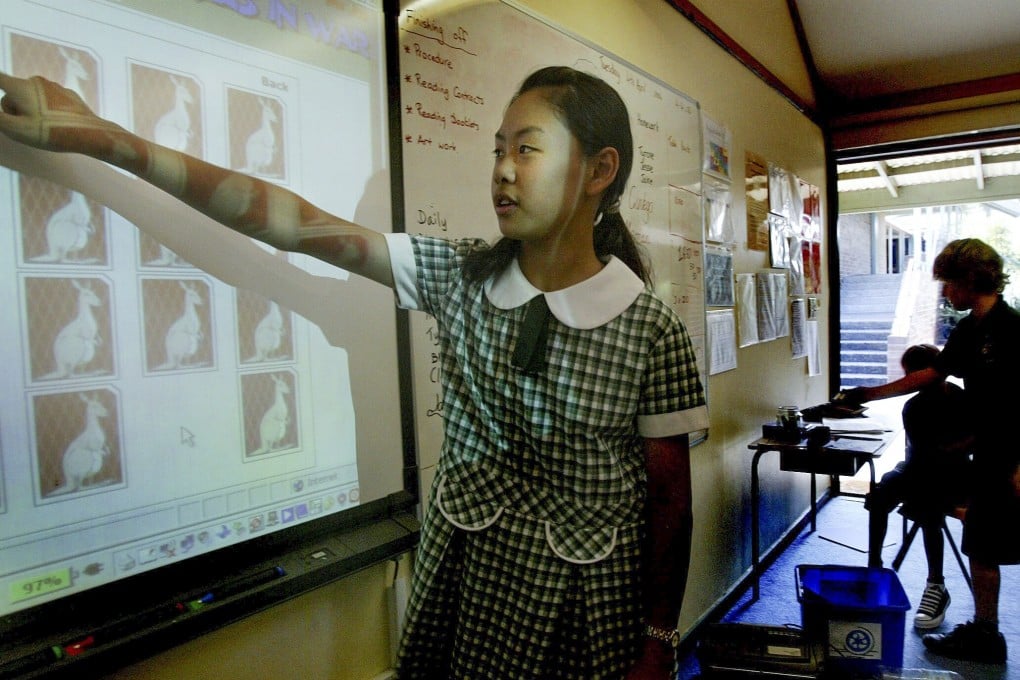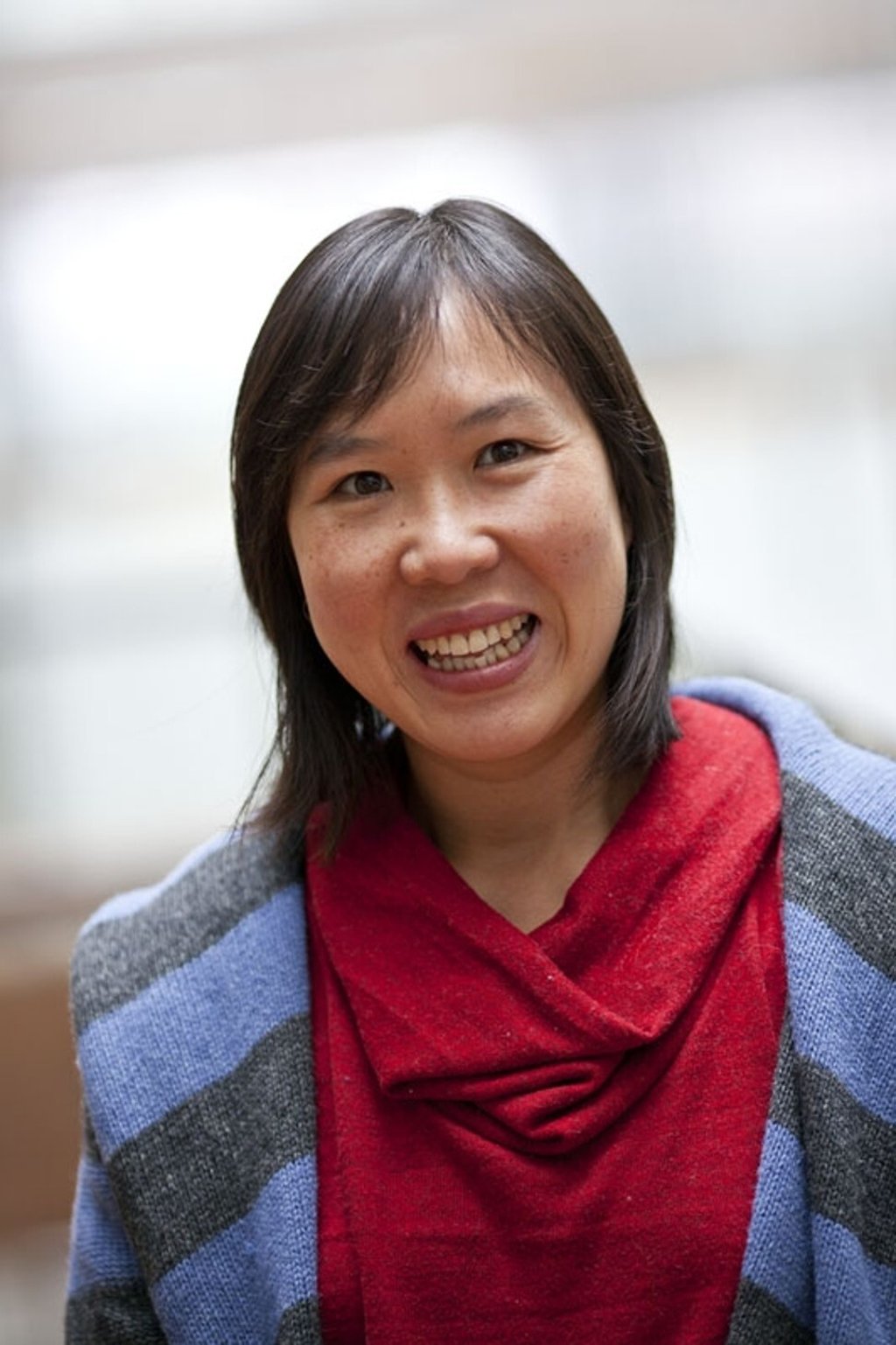Why Asian students dominate top schools: it’s not tiger moms – education is ‘insurance policy’ in an unequal society in the eyes of their migrant parents
- In Australia, Asian students win at least 80 per cent of places at selective secondary schools. An academic thinks it’s time for some frank talk about why
- Their parents see education as an insurance policy, she says. Other experts point to migration by professionals, and Asian families instilling study discipline

The photographs that line the halls of some of Sydney’s most competitive public schools show a gradual change in the make-up of the student population over the past three decades – from mostly white to largely Asian.
The names of selective schools in New South Wales, of which Sydney is the capital city, that cater to the state’s best and brightest students almost always appear in the lists of high achievers in statewide exams. Graduates of these schools often go on to university, and to study in fields where outstanding academic achievement is required: medicine, law and economics.
In terms of student achievement, selective schools (which test and accept high-achieving students, unlike comprehensive schools which accept all students) often rank alongside New South Wales’ elite private schools – which charge tens of thousands of dollars a year in tuition fees.

This is not an easy subject to discuss, says Christina Ho, 46, an associate professor of social and political science at the University of Technology Sydney.